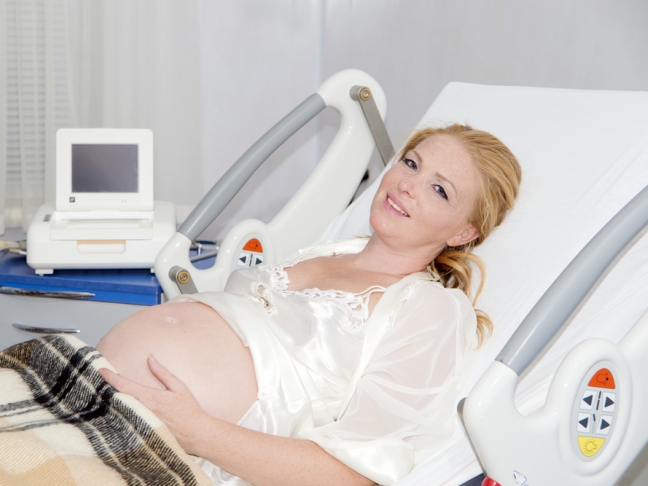The incidence of c-sections varied significantly by hospital, ranging from 7% of all births in the hospital with the lowest rates in the country to 70% percent of all births in the hospital with the highest rates in the country. This is a vast disparity that may influence how your child is delivered. The study did not reveal hospital names.
C-sections rates are up exponentially across the nation, and particularly in recent years—33% of all babies born in US hospitals in 2011 were delivered via c-section, compared to 21% in 1996, according to the CDC. In fact, the c-section is the most common operation performed in the country, but the large discrepancy in the incidence of this procedure among hospitals is likely explained by a gap in the quality of care between hospitals and regions.
A researcher stated, “I did not expect to see variations of this magnitude. It begs a closer look at how we structure and finance childbirth in the United States.”
The probability of a c-section is very likely linked to the following factors:
- how the hospital is run
- the sensitivity of a doctor
- how a woman’s labor is managed
- the hospital employees payment structure
- how patients are admitted
If you’re pregnant and choosing a birthing center, keep these factors in mind to have a better chance to more closely execute your birth plan.
The study suggested that reducing variety in c-section incidences could be achieved by “better coordinating maternity care, collecting and measuring more data, tying Medicaid payment to quality improvement, and enhancing patient-centered decision making through public reporting.”








